News Center
Boldly stepping forward as a trailblazer for the new journey of reform and opening-up, Pudong has become a global arena where top talents from around the world compete.
On April 18, 2019, Pudong celebrated the 29th anniversary of its development and opening-up. On April 18, 1990, the Party Central Committee and the State Council made the historic decision to develop and open up Pudong. This landmark decision brought nationwide attention to Pudong, which at the time hadn’t even been marked on the map yet—ushering in a pivotal turning point in the region’s destiny.
"Seize the momentum of Pudong's development—stay steadfast and unwavering, pushing forward until it’s fully realized." Born out of China’s reform and opening-up policy, Pudong has thrived precisely because of it. Today, Pudong is transitioning from being a pioneering window for China’s reforms to a vibrant experimental ground for comprehensively deepening them. From here, one reform initiative after another is being replicated and rolled out across the nation. On the shores of the East China Sea, this dynamic hub of reform is already unfurling its powerful sails—ready to propel the nation’s transformative journey forward with bold determination and innovation.

Today, Pudong, occupying 1/5 of Shanghai's total land area and home to 1/4 of the city's permanent population, generates one-third of Shanghai's overall economic output, accounts for 40% of the city's strategic emerging industries, contributes 50% of the financial sector's added value, and represents 60% of the city's total foreign trade import-export volume. After 29 years of development and opening-up, Pudong's regional GDP has surged from 6 billion yuan in 1990 to 1 trillion yuan in 2018—a growth exceeding 100-fold. "Moving from the 100-billion-yuan level to the 1-trillion-yuan mark represents a monumental leap, one that carries extraordinary significance for boosting Pudong's confidence in economic development and inspiring it to set even more ambitious goals for itself," commented Shen Kaiyan, Director of the Institute of Economics at the Shanghai Academy of Social Sciences, reflecting on Pudong's "critical breakthrough."
Today, Pudong has become Shanghai's growth engine and driving force, serving as a microcosm of Shanghai's modernization efforts and a symbol of China's reform and opening-up policy.
If you don't rely on your father
Pudong is the best choice.
“Don’t rely on your dad—come to Pudong instead.” This once-famous quote, originally delivered by Shen Xiaoming, then Secretary of the CPC Pudong New Area Committee, at Tsinghua University’s campus recruitment event, has since been widely praised. His exact words were: “If you’re not part of the ‘daddy’s kids’ crowd, choosing Shanghai’s Pudong is the best decision you can make.”
For those who haven’t been to Shanghai, their impression of Pudong might still be tied to its iconic landmarks—such as the Oriental Pearl Tower, Jin Mao Tower, Shanghai Tower, and the Shanghai World Financial Center—and the breathtaking skyline they help define.
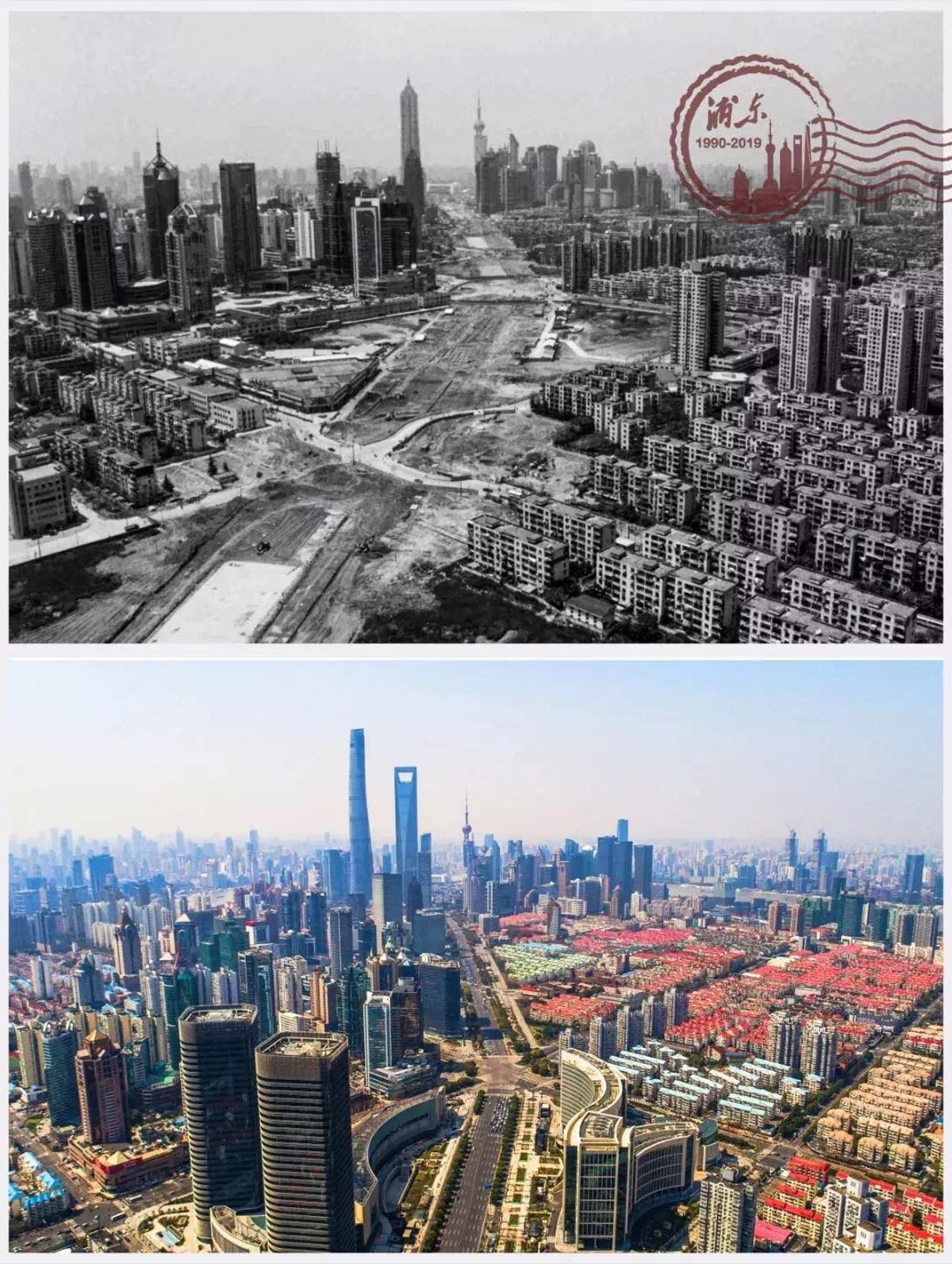
Shanghai's ever-rising skyline undeniably showcases Pudong's impressive "hard power," but beneath this "hard power" lies its true pride: a transparent business environment, a fair and inclusive employment landscape, and a vibrant cultural scene—qualities that collectively form Pudong's "soft power." These elements have been instrumental in helping Pudong continue to create one remarkable success story after another.
According to a survey by Deloitte, Pudong New Area is China’s most successful region for foreign investment. Not only are financially robust multinational corporations flocking to Pudong, but an increasing number of ambitious entrepreneurs eager to create startup success stories are also choosing Pudong as their top destination.
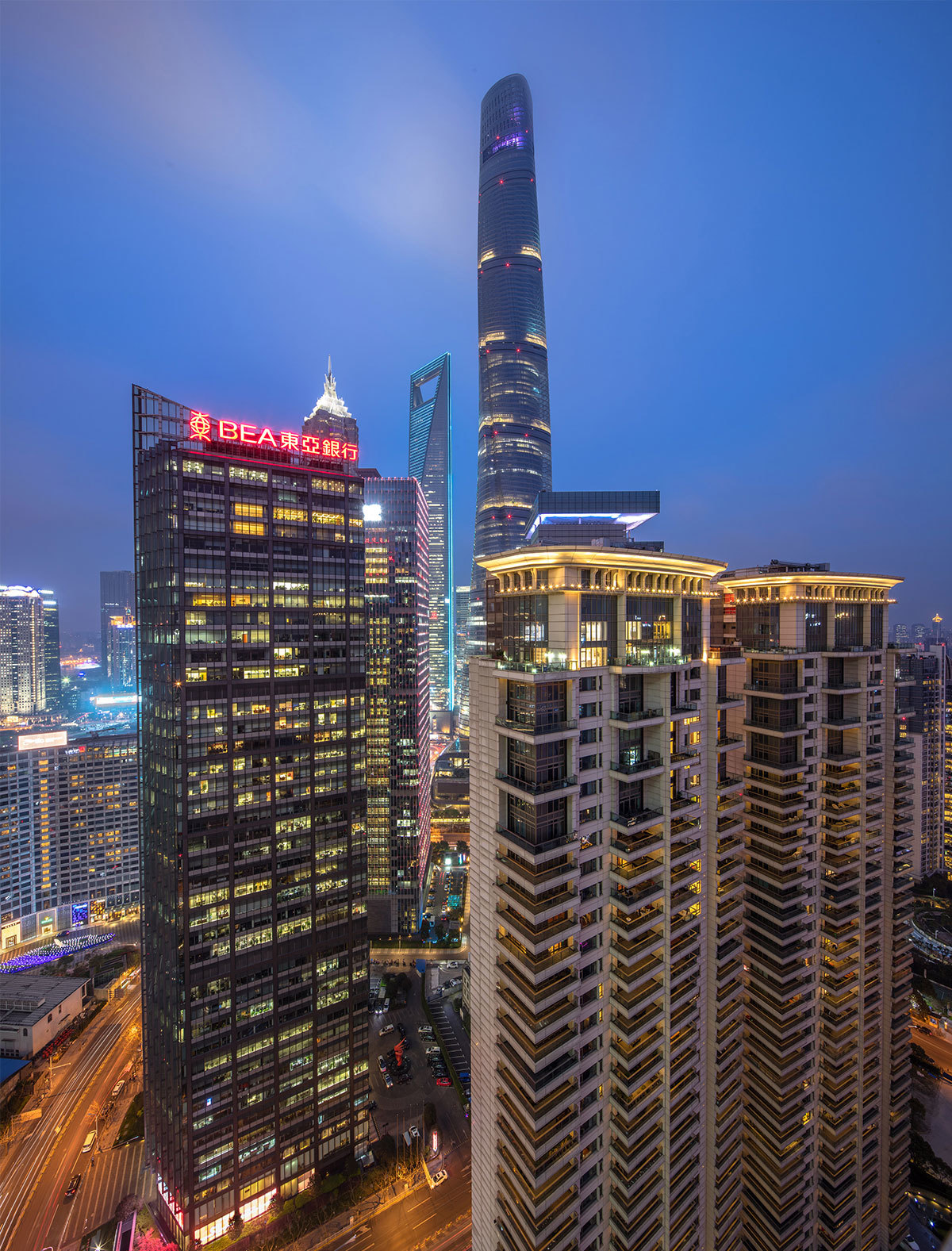
In fact, facing new challenges brought by rising living and business costs, Pudong is adjusting its approach to become "more flexible," striving to compensate for the shortcomings caused by the external environment. When you say "housing is hard to find," Pudong builds talent apartments in Lujiazui Financial City, offering the convenience of "move-in-ready" accommodations; when you say "no money to start a business," Pudong spares no effort to reduce the costs and barriers of innovation and entrepreneurship; when you say "cultural thirst," Pudong delivers high-quality cultural activities to your doorstep, using a "cultural magnet" to awaken "dormant time"... The facts prove that this "soft power" only makes Pudong more attractive and greatly enhances its global competitiveness.
Pudong implements its "high-level vision" for leading development through a "down-to-earth" approach in serving enterprises and the public, acting as a "helpful shop assistant" to continuously improve the sense of gain and satisfaction among businesses and residents.
Companies follow one after another.
Chasing dreams, building dreams, and realizing dreams in Pudong
Pudong, with its open and dynamic development, is brimming with business opportunities and vibrant energy—acting like a powerful magnet that draws companies from both China and abroad to flock here.
In April 1992, Tang Junnian, a Taiwanese businessman known as the "pioneer of Pudong's development," flew from Hong Kong to Beijing to visit his wife, Xu Feng, who was filming "Farewell My Concubine." During dinner, someone overheard that Tang Junnian hailed from Nanhui in Pudong, Shanghai, and immediately pointed out to him that Pudong was currently the hottest spot for investment on the Chinese mainland.
"As soon as he heard about it, he immediately set off for Pudong—after all, this place is his hometown. He felt almost eager to get there, and once he arrived in Shanghai, he ended up staying for over a month..." Xu Feng recalled.
At that time, Shanghai people had a saying: "Better to have a bed in Puxi than a room in Pudong." Back then, Pudong was full of farmland and muddy roads impassable for vehicles. Even today, the bustling Lujiazui Riverside Avenue still bears the name "Lan Ni Du Road" (Mud Crossing Road). After seeing it, Tang Junnian was extremely excited and immediately asked the management committee for land in Pudong facing the Bund, as well as another plot suitable for building a golf course. These two plots later became the future sites of Shanghai’s wealthy and often controversial but record-breaking developments: Tangchen Yipin and Tangchen Golf Course.

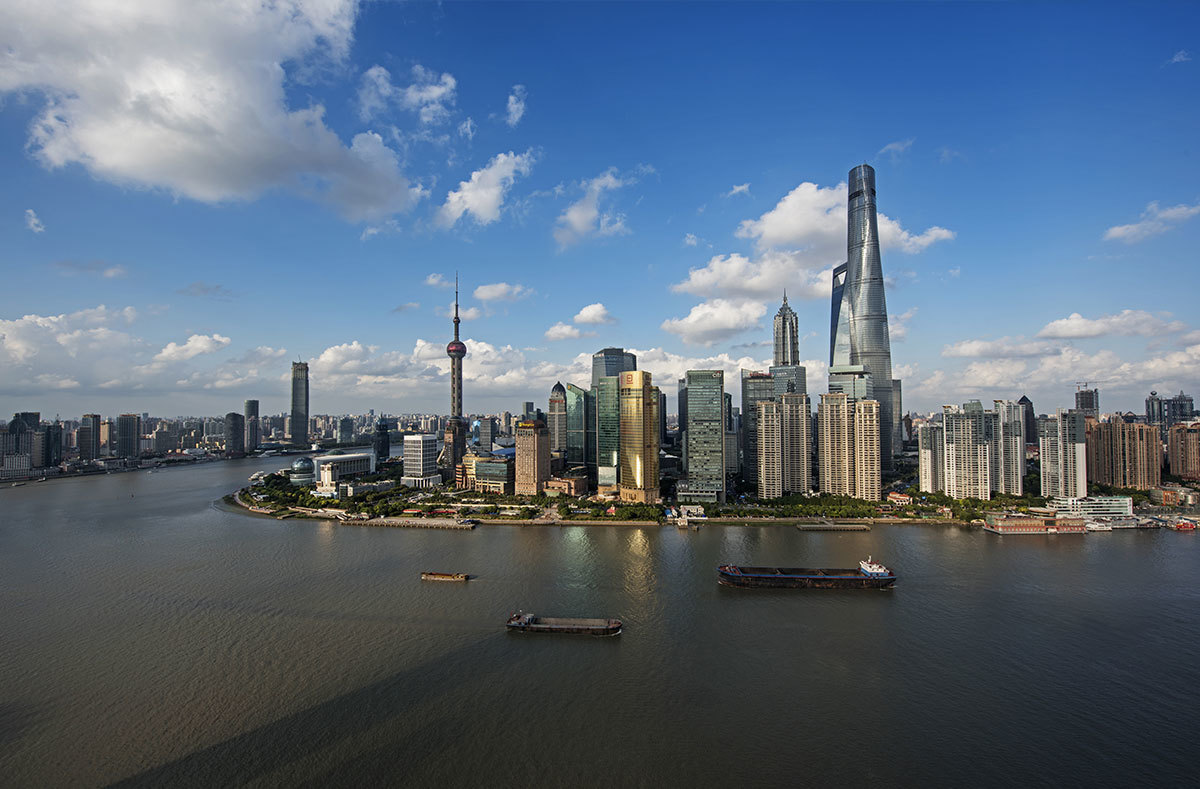
To the Pudong officials at the time, this suddenly emerging Taiwanese businessman was an unexpected delight. After all, having an internationally standardized golf course in the heart of Pudong—once a region dominated by farmland—would dramatically enhance the investment climate, making its role in attracting foreign capital to Pudong self-evident.
Tang Junnian quickly and decisively coordinated with the head of the management committee on the land auction process, leading to the establishment of "Shanghai Tomson Group Co., Ltd." registered in Pudong. Just six months later, the company successfully secured the prime plot for the Tomson Golf Course along Longdong Avenue in Pudong through a competitive bidding process. Remarkably, the land was acquired via this relatively rare auction method at the time, and Tang Junnian ended up paying $30 million—a price more than double that offered by the other Japanese company also vying for the site.
After 1992, Tang Junnian not only advanced the development of the Tomson Golf Course and golf villas but also began planning Pudong's first five-star hotel (later known as the Tomson Jinjiang InterContinental Hotel) and its first Grade-A office building (the Tomson Financial Center). To secure the necessary funding, he even sold the "World Trade Tower" located in Causeway Bay, Hong Kong, raising a substantial $2.2 billion to invest in Pudong's ambitious projects.
As Tang Junnian continued his rapid ascent, in 1992 and 1993, alongside him—sharing the same passionate vision for the mainland market—were Chen Yongtai, chairman of the Ardant Group, and Zhang Minyu, chairman of Taiwan’s Jiaxin Cement, who originally hails from Ningbo.
In 1997, the Asian financial crisis erupted. Despite this challenging backdrop, the Tomson Group, buoyed by its strong confidence in Pudong's development and opening-up, chose to relinquish some of its previously secured land-development rights in exchange for cash that would bolster its existing projects—such as Tomson Golf & Golf Villas, Tomson Financial Building, Tomson Jinjiang InterContinental Hotel, and the Tomson Waigaoqiao project. At the same time, the company retained the prime land intended for its future flagship luxury residential development: Tomson One.
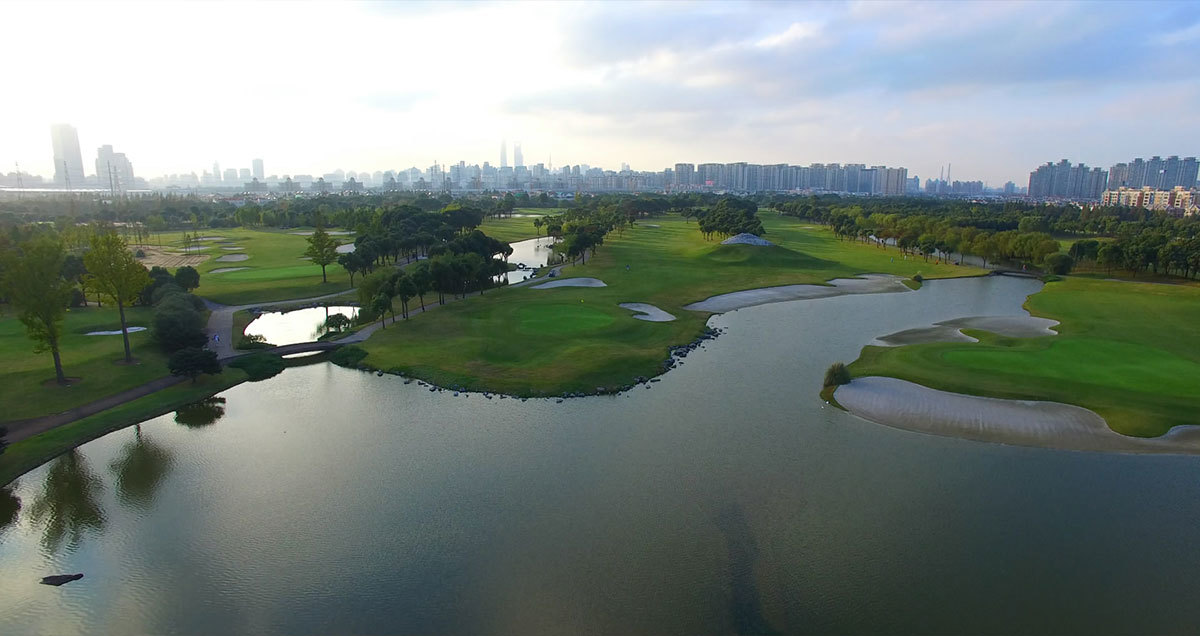
As time swiftly passes and Pudong’s development and opening-up efforts continue to flourish, foreign capital has been steadily flowing in on a large scale. As one of the first waves of investors to enter Pudong, Taiwanese businesses remain committed to their historic mission—now, however, the new generation of Taiwanese entrepreneurs is bringing not only capital and management expertise but, more importantly, cutting-edge technology to the region.
"The future has arrived."
Pudong showcases "China's Confidence"
Deng Xiaoping, the chief architect of China's reform and opening-up policy, once said: "Shenzhen faces Hong Kong, Zhuhai faces Macau, and Xiamen faces Taiwan. But Pudong is different—it overlooks the Pacific Ocean, Europe and America, and the entire world."
During its development and opening-up process, Pudong has attracted substantial foreign investment, optimized Shanghai's industrial layout, and enhanced the city's overall functional capabilities. Meanwhile, intensive infrastructure development has created a robust network of connections—reaching out to surrounding regions and linking Shanghai to the global economy—thus propelling the city’s transformation from a traditional industrial hub into a leading economic center.
Latest data shows that 310 of the world's Fortune 500 companies have established operations in Pudong, attracting a total of $78.99 billion in actual foreign investment to date. As of the end of 2018, Pudong New Area had already gathered over 600 headquarters enterprises of various types, including 304 regional headquarters of multinational corporations—accounting for nearly half of Shanghai's total.
Driven by the development and opening-up of Pudong, Shanghai has not only transformed dramatically—becoming "unrecognizable in a year, completely reshaped in three"—but has also sparked rapid growth across a string of cities and regions stretching from Suzhou, Wuxi, and Changzhou in Jiangsu to Hangzhou, Jiaxing, and Huzhou in Zhejiang. Meanwhile, the Yangtze River Delta's integration is finally moving toward substantive breakthroughs.
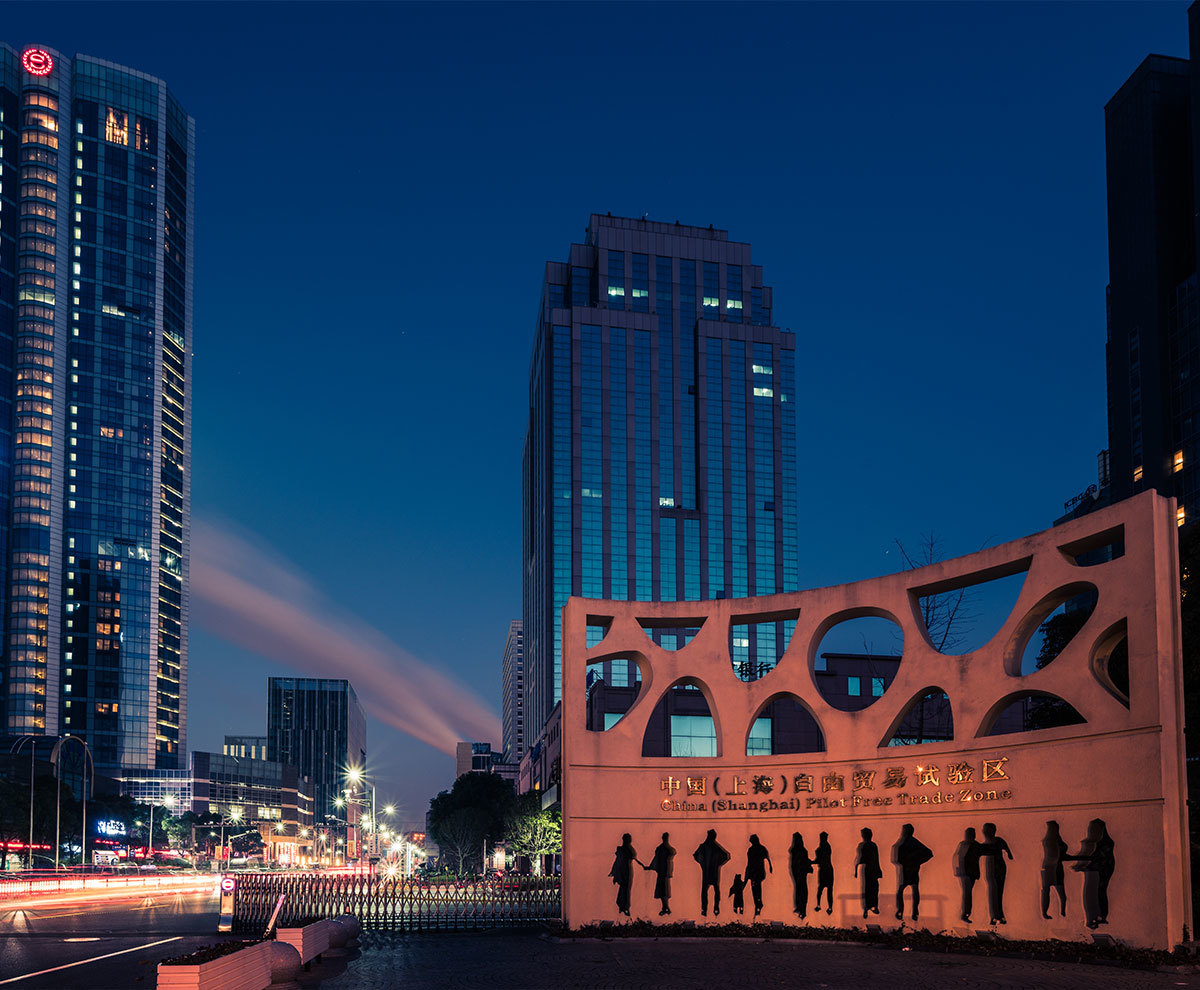
Today, as Pudong—now part of the "trillion-yuan club" in terms of economic output—shifts away from solely focusing on GDP as the measure of success. Instead, it emphasizes evaluating achievements based on metrics like yield per mu, profitability, energy consumption, and environmental impact. The region is also aggressively phasing out outdated production capacities, addressing safety hazards, and identifying financial risks—all to deflate the artificial bubble of superficial prosperity. After all, only high-quality GDP can serve as a bedrock as solid as granite, laying a sustainable foundation for Pudong's long-term development.
Empowering innovation through technology, Pudong is seizing the opportunity of major industrial transformations by focusing on "China's Core," the "Blue Sky Dream," "innovative pharmaceuticals," "future mobility," "intelligent manufacturing," and "data hubs." To boost economic density, Pudong's leading industrial parks are meticulously optimizing land use—approaching each plot of land with the same care and precision as embroidery—to maximize output per mu. Meanwhile, Pudong is intensifying efforts to enhance resource allocation efficiency by vigorously developing key factor markets and fostering a robust headquarters economy, positioning itself to gain global influence over pricing dynamics.
In Pudong, people constantly feel that "the future has arrived," as self-driving vehicles have already begun patrolling the streets of Zhangjiang AI Island; at Yangshan Port’s unmanned terminal, fully automated machinery is now entirely controlled by computers; and in Lingang’s “dark factory,” intelligent robots handle every step of the production line—seamlessly and efficiently.
Promote urban renewal
Creating a new legend for the new era
The pioneering entrepreneurs of an earlier generation wrote a legendary chapter in Pudong—every building here holds its own unique story. But what does the future have in store for Pudong?
Development is for the people, and the ultimate goal of high-quality development is to create a high-quality life that benefits everyone. In the early stages of Pudong’s development, improving people’s livelihoods was clearly an area where progress lagged behind—this is an undeniable reality. As a result, addressing these "weaknesses" has become especially urgent. By completing long-overdue public infrastructure projects like schools, we can ease parents’ worries about their children’s education. By bringing high-quality medical resources closer to residents, we ensure they no longer have to travel far just to access care. Through state-owned enterprises establishing elderly care facilities, we help seniors enjoy peace of mind in their golden years. And by creating “15-minute service circles,” we make it easier for residents to handle daily tasks right at their doorstep, saving them the hassle of long commutes.
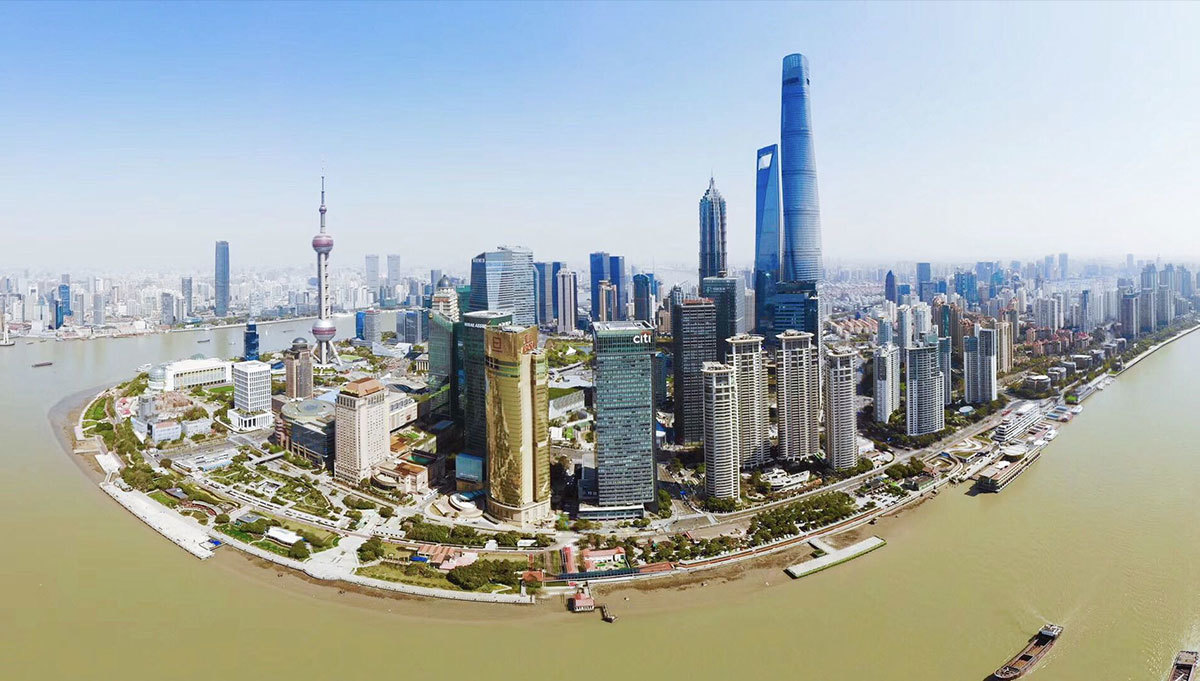
Facing new situations and challenges, Pudong—now on the cusp of its 30th anniversary—has been entrusted with a fresh mission: to boldly lead the way as it embraces its pivotal role in shaping the future, introduce innovative initiatives to fully align with Shanghai’s four major strategic pillars, achieve breakthroughs in the construction of the free trade pilot zone, deliver meaningful progress in building a science and technology innovation hub, and foster strategic advantages that drive high-quality development. This includes enhancing global resource allocation capabilities, cultivating world-class industrial clusters, and nurturing new engines of economic growth.
Standing at the dawn of a new era, Pudong is taking the lead in "restarting reform and opening-up," boldly forging ahead to tackle challenges, break new ground, and pioneer solutions for this fresh wave of development—and the legend of a new era is already being written.
Next page
Next page

Moving forward with China, wishing for a bright future
Tomson (China) Co., Ltd
23rd Floor, Tomson Financial Tower, 710 Dongfang Road, Pudong New Area, Shanghai, China
Postal code: 200122
Phone: 86-21-50584936
Fax: 86-21-50583646

Mobile App QR Code
Copyright © 2025 Tangchen Group Co., LTD All Rights Reserved 沪ICP备05027330号-1






